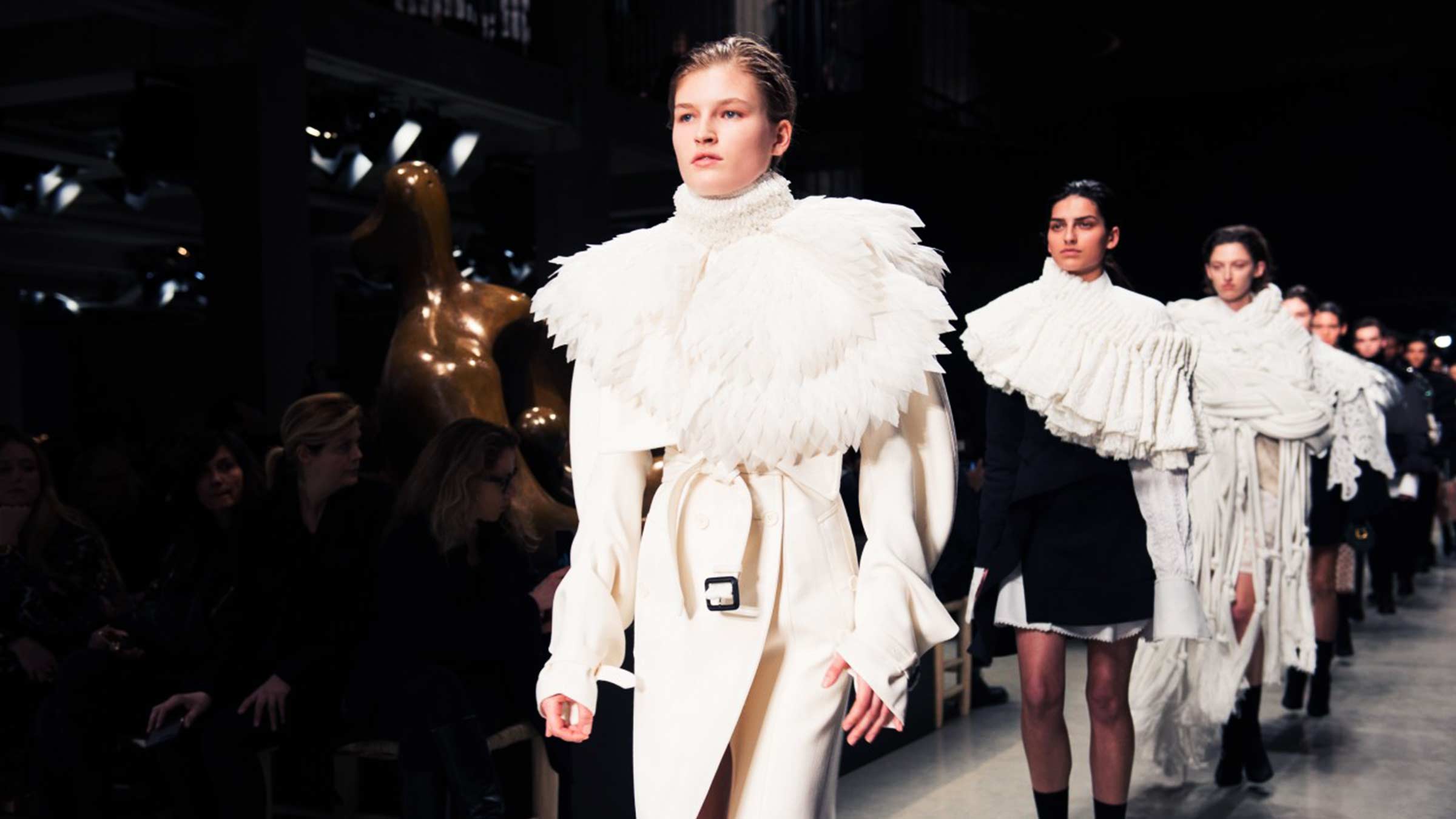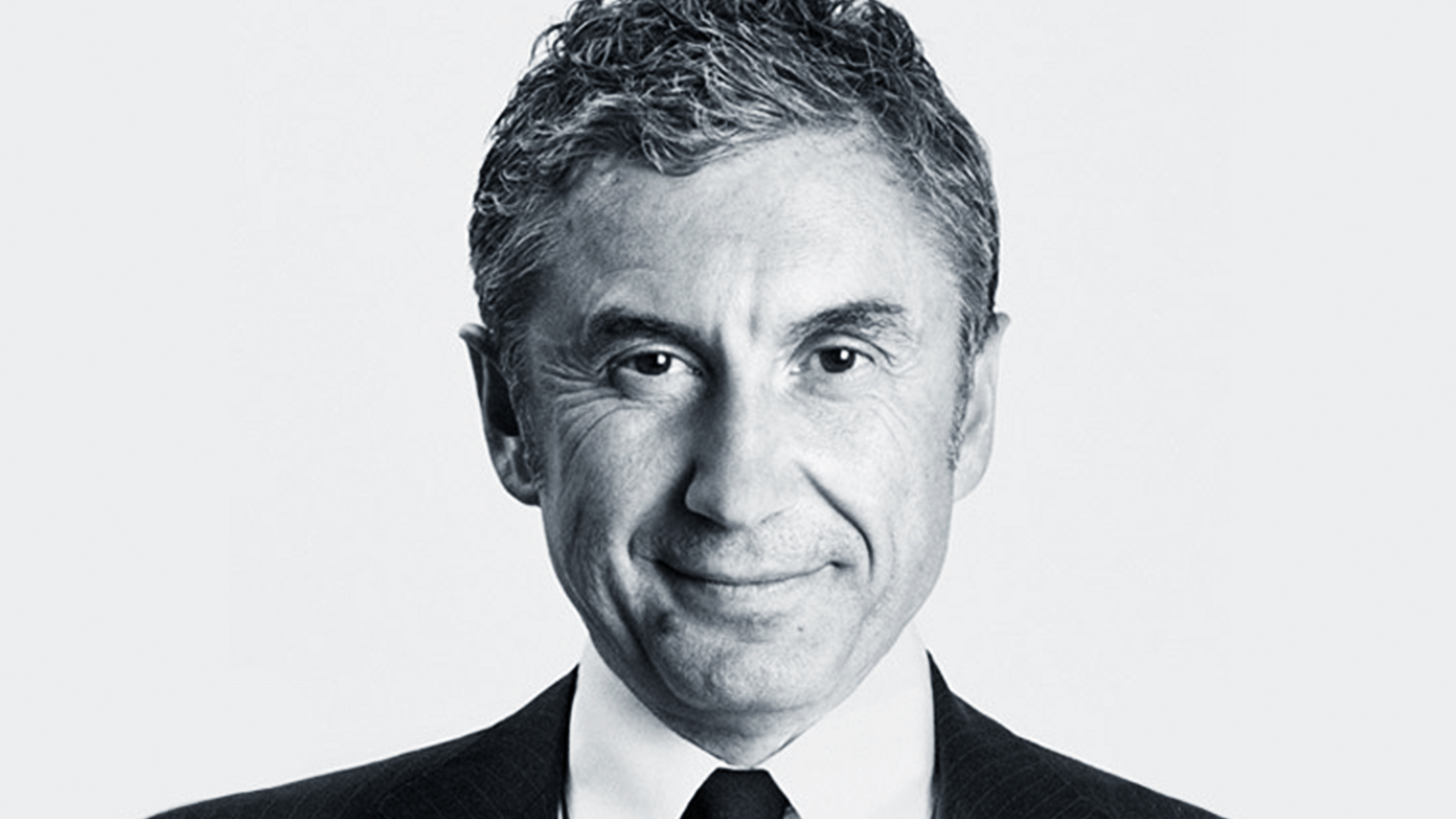Burberry is the perfect example of how people shape businesses. Indeed the recent history of the British luxury fashion house is really the history of the people at the very top. Each new regime has brought with it major changes to the strategy and positioning of the iconic brand, from former CEO Rose Marie Bravo, who started to move Burberry away from its football crowd associations in the early noughties, to the transformative, digitally-minded reigns of Angela Ahrendts and then Christopher Bailey.
This week former Céline boss Marco Gobbetti officially replaced Christopher as CEO, ushering in another sea-change for the FTSE 100 business. The move, announced last year, sees Christopher remain as creative chief, a role he combined with his CEO duties, but he switches to the new title of creative chief and president. Marco, meanwhile, has been waiting in the wings since January, getting to know the business from the vantage point of the luxury marque’s Asia Pacific and Middle East business.
As he takes group-wide control this month, investors are hoping that Marco can bring all of his heavyweight experience to bear at Burberry. He is entering the scene at a time when Burberry’s sales are struggling somewhat, with revenues down 2% last year, and as the brand’s global momentum appears to be slowing.
With over 30 years’ experience at the sharp-end of luxury, including senior roles at Bottega Veneta and a CEO stint at Givenchy, Marco is a more experienced head in comparison to Christopher. The question is what type of business is he likely to build?
There are already plenty of clues in the dizzying series of recent moves at the company. Indeed at times it has felt as though the revolving door has not stopped spinning at Burberry’s Horseferry House HQ.
Alongside the appointment of Marco last year, Burberry also hired Julie Brown (pictured above) from medical supplies group Smith & Nephew to serve as its new chief operating officer and chief financial officer, replacing former CFO Carol Fairweather.
This year the business has brought in a new chief merchandising officer in Judy Collinson, formerly of Christian Dior and Barneys New York, a new head of strategy in Leonie Brantberg, previously an associate partner at McKinsey & Company, and a new chief information officer in Unilever veteran Mark McClennon.
This changing of the guard has resulted in the departure of some of the old lieutenants from the Angela Ahrendts era of 2006 to 2014, including former EMEA CEO Andrew Maag, who has left to take up the top job at Dunhill, and chief merchandising officer Paul Price, who stood down to pursue new opportunities.
It was inevitable that the arrival of Marco (pictured above) would lead to a raft of other senior appointments, but wholesale change on this scale suggests Burberry may be heading in a new direction. People like Andrew and Paul, who joined the luxury group in 2006 and 2007 respectively, were pivotal figures during the spectacular transformation of Burberry into a business fit for the digital age. Under Angela’s leadership ecommerce sales surged as Burberry became known as a digital pioneer, willing to experiment with cutting-edge technology in its stores and catwalk shows.
The recent exodus of talent raises questions as to whether Burberry can retain its ability to innovate, or whether it even views continuing innovation as a strategic priority. The fact that both the new COO/CFO and new strategy head are from B2B backgrounds suggests that Burberry is prioritising operational competence over front-line fashion experience.
This is perhaps understandable in the context of the wider macro-economic environment and the operational and strategic challenges that Burberry must navigate. Despite strong sales in the UK and China, the business has seen a slowdown in the US and Middle East and is still weighing up how to manage its global production and supply chain in the wake of Brexit.
Having a former Smith & Nephew executive managing the books and an ex-McKinsey consultant overseeing strategy will surely steady the ship, but in a world where digital-first brands like Farfetch, Yoox Net-a-Porter and Amazon are disrupting fashion at speed, Burberry must be wary of being left behind. The shift away from fashion-specific personnel may also suggest that Burberry is looking to broaden its proposition into other areas of consumer goods.
Recent non-executive appointments at Burberry also point to a preference for experienced heads who can help to manage the current transition. Ron Frasch, currently an operating partner of Castanea Partners and with a long history in luxury retail, has joined the board as a non-executive director.
Meanwhile former Smiths Group CEO Philip Bowman is to step down from the Burberry board, while long-standing chairman Sir John Peace has announced his plans to depart, with a successor due to be announced by the end of 2018.
With all these changes coming thick and fast, it will be fascinating to see how the next chapter in Burberry’s history plays out in the months and years ahead. There is no doubt that freeing up Christopher Bailey to focus on creative duties once more will be a boon for the brand, and investors will be hoping that the combination of Christopher’s extraordinary flair and Marco’s commercial acumen will breathe fresh life into Burberry once more.
Interesting times ahead for sure, but never bet against Burberry.










